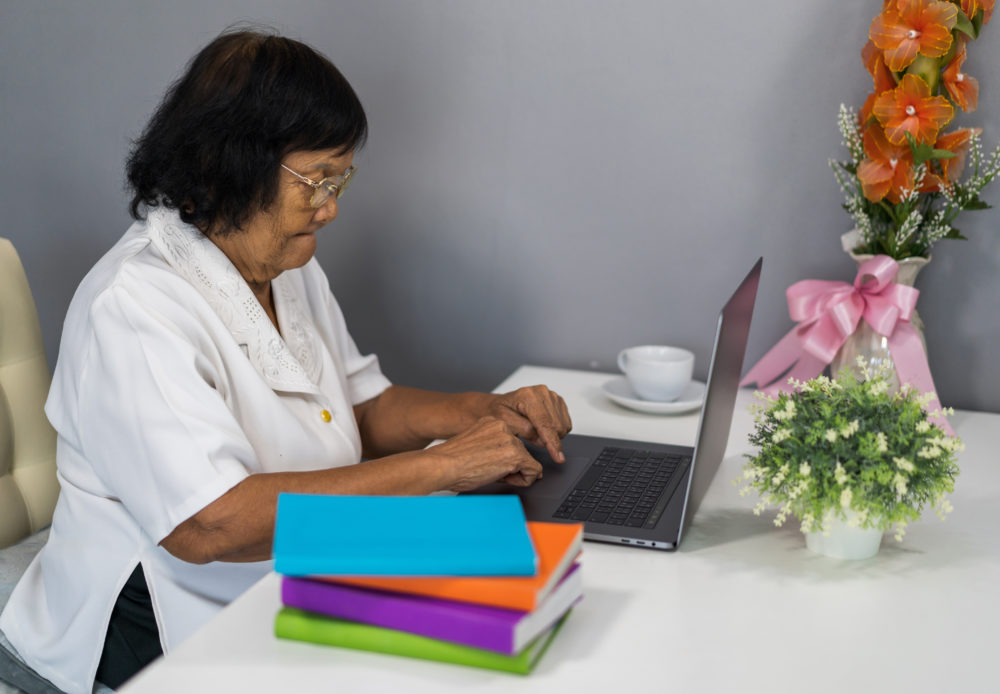A company’s trade marks are often some of its most valuable assets so it is important that they be protected. Trade mark registration is the key process to secure your rights, which we cover here, and getting this right will undoubtedly benefit your brand and any related IP in the long-term.
What is a trade mark?
A trade mark is a “Badge of Origin” by which the public can distinguish the products and services of one business from those of another. It can be a word (including a personal name), letters, numerals, a logo or graphic, a slogan, or any combination of these features. It can also consist of a three-dimensional shape or a sound.
What to do first?
Before you decide to apply to register your trade mark, it is recommended that a search be carried out in order to determine whether the mark you desire is already registered. Searching allows you to determine if there is a previous registration that might be used to bring an infringement action against you, stopping you using your own mark and leading to damages.
Why register a trade mark?
You are not required to register your trade mark, but it is highly recommended. A trade mark entered on the Trade Marks Register can be protected and there are numerous other benefits:
- Registration of a trade mark gives you the exclusive right to use the mark or authorise someone else to use it, for the goods or services for which it is registered.
- It enables you to take infringement action against anyone else who uses the trade mark for the same or similar goods/ services for which your trade mark is registered.
- It enables Trading Standards Officers (or the Police) to bring criminal charges against counterfeiters.
- If you don’t register your trade mark, and someone starts using the same or a similar mark, you have to rely on the Common Law action of ‘Passing Off’. ‘Passing off’ can be an extremely expensive process, as it requires large amounts of evidence that you have used the trade mark sufficiently to claim ownership, and then further evidence that customers were under the impression that they were buying your goods, rather than the infringer’s goods.
- Registration gives you protection throughout the UK, even if you do not have a trading presence everywhere. Unregistered marks, which have to rely on the Common Law protection of “Passing Off”, are more likely to have rights limited to a confined geographical area.
- Registration of your trade mark is legal title to Intellectual Property in much the same way as a deed is a title to a piece of real estate. This means that you can sell it, or licence it.
To realise the benefit of a registered trade mark, it is important, therefore, to ensure that the right trade mark is protected for the right goods / services.
See also: Does registering my company name give me trade mark protection?
Trade mark applications
For a trade mark to be registrable, it must be distinctive and not conflict with any other mark. As a general rule, marks will not be distinctive if they are descriptive of the goods or services in question, are common in that particular trade or denote some quality of the goods or services.
Other barriers to registration include:
- It cannot be ‘offensive’ – e.g. a name could not contain swear words
- It cannot be ‘misleading’ – e.g. using the word ‘organic’ for goods that are not organic
- It cannot use official emblems – e.g. flags, coats of arms, hallmarks etc.
Classes
A trade mark is registered in relation to specific goods and services. These must be listed in the application and, subject to cost considerations, should include all goods/services in relation to which the mark is used.
For administrative ease, goods/services fall into one of 45 categories (classes). When making the application, you must specify which classes you wish to include together with a description of the goods/ services that you need to protect your trade mark for. Costs of filing an application are usually worked out according to how many classes are covered. This means that adding more goods/services may offer more protection, but will also involve a higher cost. It is important to develop a strategy that will allow you the widest possible cover at a cost you can afford.
You can search for UK trade mark classes by word or phrase here.
Duration
As a general rule, a trade mark registration will last for ten years. It is renewable every ten years indefinitely, upon payment of a renewal fee.
Costs
The minimum fee you will pay for a UK trade mark is £170 – that’s for a single trade mark in one class. Adding a class is £50. A UK-registered design will cost £50 for one design and £70 for up to 10. (Prices as of Feb 2025)
Registration Procedure
An application is examined by the Intellectual Property Office for registrability. If the application is found to be acceptable, the trade mark is advertised for opposition purposes. This gives third parties a chance to object. Correspondence, evidence and hearings are likely to follow any opposition. If no opposition is filed, or no opposition is successful, the mark is then registered (sometimes after payment of a registration fee).
Note: The above advice is for registering in the UK and Isle of Man only. You would need to initiate separate processes for the Channel Islands and other countries.
For more information or advice, contact NOVAGRAAF.
Important Trademark Resources
1. UK Intellectual Property Office (UKIPO)
The primary source for UK trademark registration. Offers trademark search tools, application forms, information on costs, timeframes, and dispute resolution.
Official website: https://www.gov.uk/government/organisations/intellectual-property-office
2. UK Trademark Search Tool
Before applying, check if your desired trademark is available. You can use the UKIPO trademark search tool here
3. Chartered Institute of Trade Mark Attorneys (CITMA)
If you need professional legal advice, CITMA provides a directory of registered trademark attorneys.
Official website: https://www.citma.org.uk/
4. European Union Intellectual Property Office (EUIPO)
If you need EU-wide protection, you’ll need to apply through EUIPO.
Official website: https://euipo.europa.eu/
5. World Intellectual Property Organization (WIPO)
If you want to expand your trademark internationally, WIPO provides guidance on the Madrid System for international trademarks.
Official website: https://www.wipo.int/en/web/madrid-system/




